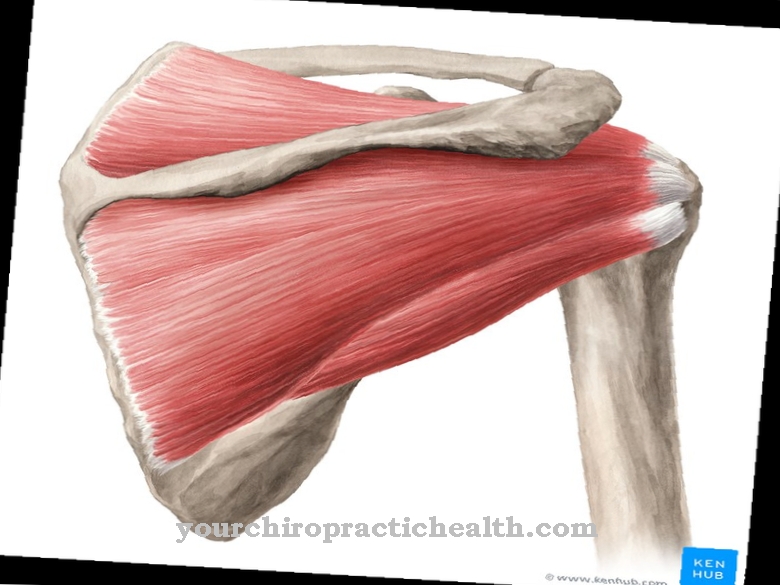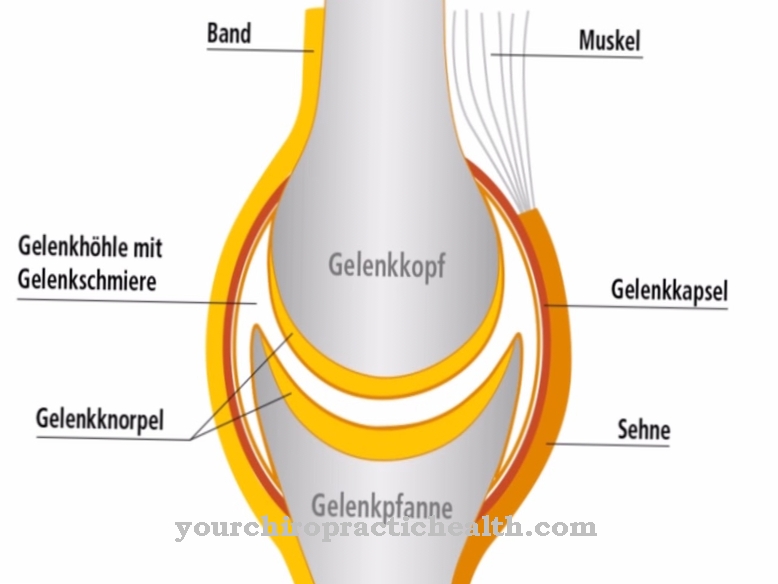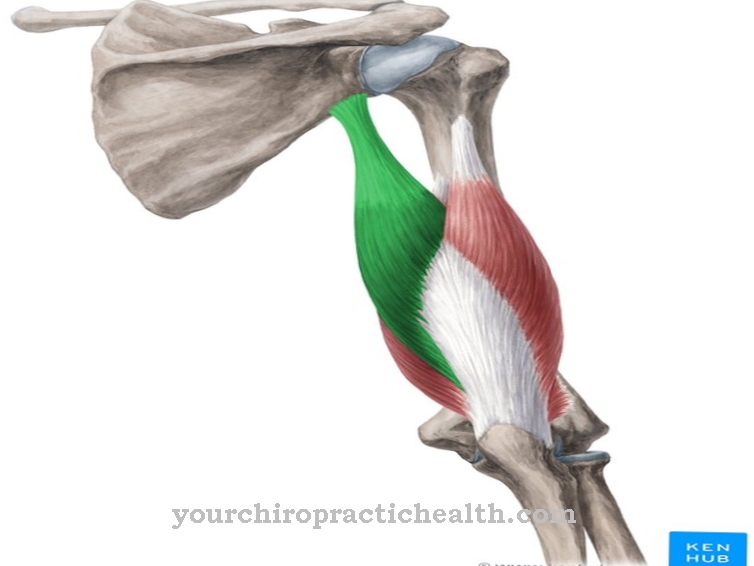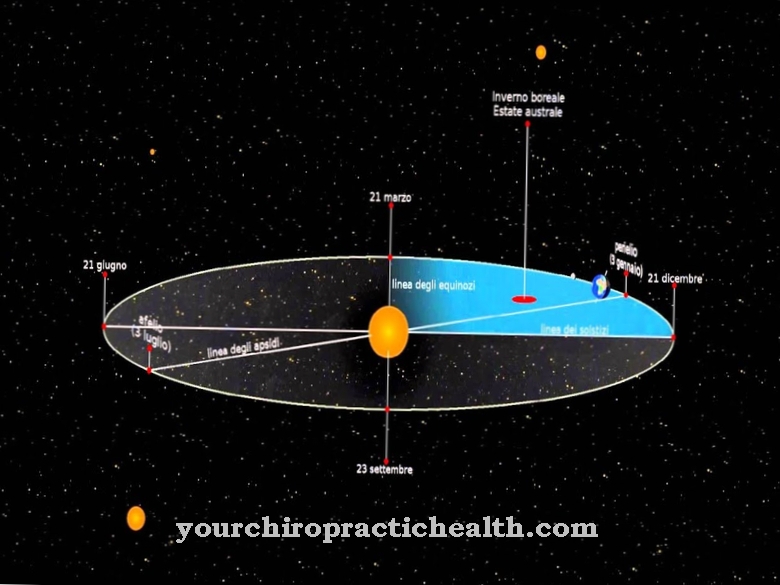As cervix (Latin. Ostium uteri) are the opening of the cervix (cervix) into the uterus and into the vagina. The cervix and its opening are of particular importance during pregnancy and during the birth of a child.
What is the cervix?
The so-called inner cervix is the upper opening of the cervix into the cavity of the uterus, the lower opening of the cervix in the direction of the vagina is called the outer cervix.
This is surrounded by a thick layer of mucous membrane that protrudes into the roof of the vagina and thus prevents germs from penetrating the uterus. Before a woman has given birth to a child, the external cervix is shaped like a dimple, and after the first birth it is split across like a mouth.
During a woman's cycle, the external cervix protrudes up to three centimeters into the vagina on infertile days and can be palpated from the outside.
Anatomy & structure
Of the cervix As part of the cervix, it has a wall made up of three layers. The outer wall is a layer of mucous membrane with glands that change structure over the course of the cycle.
Under the mucous membrane lies a muscle layer in which the muscles are arranged in spirals. The lowest of the three layers is formed by a membrane that delimits the abdominal cavity. The area in the cervix between the inner and outer cervix is also known as the cervical canal.
Function & tasks
The outer one cervix plays a role in sexual intercourse, because when a woman orgasm it dips into the ejected semen in undulating movements to help the sperm pass on. During pregnancy, the cervical canal is tightly closed with the inner and outer cervix.
This prevents germs from penetrating the fruit cavity. In a pregnant woman, the length of the cervix should be more than 2.5 cm, because if the cervix is shortened to a greater extent, premature birth can occur due to the premature, labor-free opening of the cervix. When labor begins with the so-called opening phase, labor ensures that the cervix is initially stretched.
After a shortening of the cervical canal, the first thing to do is to expand the inner cervix. Finally, the external cervix also begins to open as it progresses. The last phase of birth, the so-called expulsion phase, begins with a complete opening of the external cervix.
Illnesses, ailments & disorders
In connection with the cervix Different complaints and diseases can occur, even outside of pregnancy and childbirth. On the external cervix, where the smooth skin of the vagina borders the mucous membrane of the cervical canal, there is a tissue zone in which pathogens can trigger changes in the skin structure (so-called "dysplasias").
These skin changes can be mild (level I), moderate (level II) or severe (level III). Severe dsyplasias can turn into precancerous (stage IV) and cancer (stage V). Diseases of the cervix are usually detected during early gynecological diagnosis, during which smears are taken. These can detect the skin changes very early, so that treatment can be started before the development of precancerous stages. It usually consists of removing the affected tissue.
The germs that cause dysplasia are usually so-called "Human Papilloma Viruses" (HPV), of which there are over 30 different types. Most of them will be transmitted through sexual intercourse and no effective drug treatment has yet been found.
However, young girls can be vaccinated against certain types of HPV before they have sex for the first time. HPV viruses are also responsible for the formation of genital warts (so-called condylomas or genital warts), which in turn can also cause skin changes on the cervix. Usually, solutions or creams can successfully treat these warts to prevent dysplasia in the tissues of the cervix.













.jpg)

.jpg)
.jpg)











.jpg)